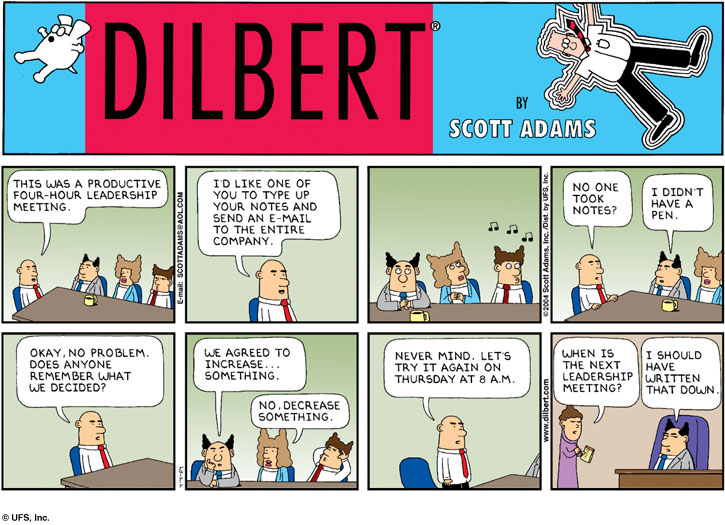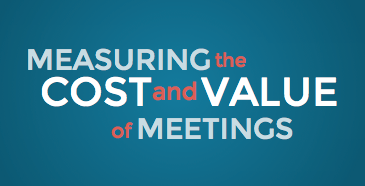Strategic Planning for Remote Teams: Interview with Hubstaff’s Dave Nevogt
Up today in the series on how remote teams do strategic planning: Dave Nevogt of Hubstaff on getting more freedom with strategic planning – starting with mission and values.
You’ll learn how Dave invested in a new approach to setting expectations and priorities, and how it sets him free from constant on-call management. We’ll also go a bit broader, and talk about vision, mission, values and goals for startups.

If you work remotely, you may know all about Hubstaff. Their content world is definitely sticky. It’s easy to stumble on a productivity post and stay for the full How to Manage University.
In case you haven’t heard:
Hubstaff is the SaaS that makes running a remote company more profitable, more productive, and more fun. They offer time tracking software with screenshots, proof of work, and more.
Dave dreamt up the product as a solution to his own personal pain as he built and managed a virtual team for an SEO company. If you read Dave’s story, you’ll understand that making the remote team work was not just a financial calculation or an experiment: working remote is part of a personal freedom ethic codified in the Hubstaff Values.
“Remote work is what we believe in. One of our core values is to be able to live and work wherever we want, and to have worldwide access to international talent. Working virtually is in Hubstaff’s DNA, and it’s what our software is all about. We use our own tools, designed to help remote teams work more efficiently, to help our team excel.”
(Excerpt from How We Built and Manage A Successful Remote Team.)
Founded in 2012, Dave, his co-founder, Jared, and the team are now dispersed across the US, Eastern Europe, Turkey and Southeast Asia.
Speaking of how he manages, Dave says, “They can come and go any time they like. I don’t have any requirements on when they need to be working. That really goes a long way.”
As you read on, you’ll learn how a few changes in management created even more freedom – but here, we’re talking about the much-neglected topic of Founder freedom.
Enjoy!
Tell me about the Hubstaff Mission and Values on your About page.
“For a long time, I tried to change things in the business as we grew.”
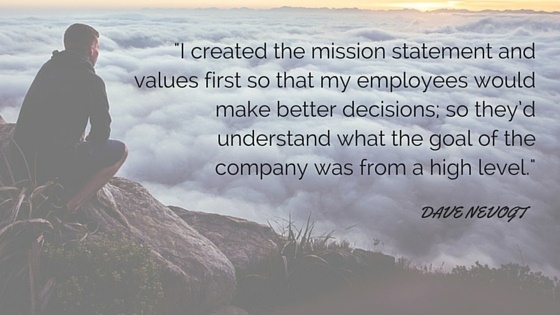
“It was basically me managing all these people: marketing, content, SEO, support staff. And I was the bottleneck. I felt like it was my job then to be around all the time, to answer questions.
So, I made a change about six months ago. It was about everyone being aligned.
I created the mission statement and values first so that my employees would make better decisions; so they’d understand what the goal of the company was from a high level.
It was an internal thing first, but it worked for our customers, too. I wanted to make it clear what we’re all about. We’re a transparent company.”
What difference have the mission and values made?
“The mission and values were only a small part. It was a lot more than that. I don’t think that those statements alone would have made the biggest difference, but I do think that they’ve made a difference in conjunction with the rest of the changes in how I manage – which had to do with goal-setting – and I’ll share more on that.
The mission and values have more to do with the question of How; ‘How do we do the work?’
For example, with one of our values, ‘Quality’, we’re saying that everything should be quality. That’s a hard thing to get across, because sometimes people will be rushing the process, just trying to get the work out, but I want them to understand that’s never the goal. And that goes for everything. It means quality across the board.
The mission and values remind people on a deeper level how they should be doing the work. And if there’s ever a problem, we can go right back to that statement: ‘Does how we’re working match with the mission and values?’
Tell me more about your goal-setting process.
“We manage based on sprints. Before the changes, we’d have a big idea-capture on what we wanted to do across all of the marketing channels. I would then go through, pick the highest impact item, assign it to a sprint and then work through it with the person assigned.
It used to be me responsible for all the marketing channels. I was trying to get things done and move each of the channels forward. It just got to be too much.
Now, we’ve set a big company goal. I’ve built out a process and assigned owners for each channel. Now I’m saying, ‘Alright, you’re in charge of social. You own social. You tell me what the goals are for social for the next quarter, but make sure that it aligns with the big company goal.’ So, the channel owner has to decide what social goals are going to move us towards the company goal. It has to align.
Each channel has three or four goals for the quarter. Underneath each of these goals they have tactics, and the tactics are managed in the sprints. It’s all connected: the tactics derive from the channel goal, and the channel goal leads to the overall company goal – the vision of where we want to be.
You’ve got to have your team members aligned. Otherwise it’s just you beating your head against the wall trying to continually push things forward, and the team doing their work without really understanding.
My marketing team plus support is about eleven people, so we’re still a small organization, and I just couldn’t imagine not having this if we were twenty or more.”
Do you think there’s a team size at which this becomes especially important?
“Something changed for me at around ten people. I realized I just wasn’t doing a good job managing people. I couldn’t do it and get all my own work done. Something needed to change.
But with bigger teams that don’t have this in place I think it would be dysfunctional. I think there would be a lot of waste.”
What have been the biggest benefits of your strategic plan?
“When you have a plan, everyone can be aligned. It helps reduce my stress a lot because I know that everyone is working towards those goals, and I know that as long as everyone is working in the same direction, I don’t need to understand what everyone is doing all the time.”
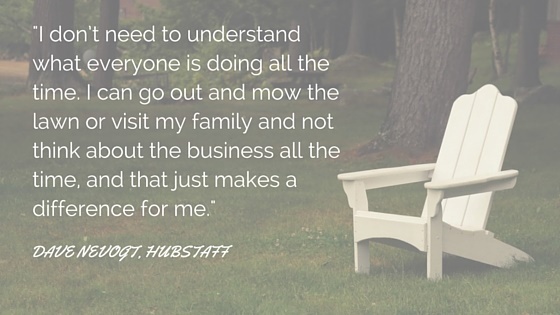
I can go out and mow the lawn or visit my family and not think about the business all the time, and that just makes a difference for me.
The other cool part about this process is that if you don’t hit the goal, it really helps you understand and see the problem. Where does your business need help? Because your business at the end of the day has to accomplish its goals, and you need to define those goals in order to accomplish anything.”
For startups, is it possible to set a vision at the outset, presuming there will be a pivot?
“I think that for almost all startups being agile and pivoting are much more important than the initial vision.
If you’re in the very beginning stages, with ten customers, and a lot of them come back to you and say, ‘Look we like the product, but it’s not exactly what we need.’ You have to change. You’ve proven that you have ten people interested, but what those customers want may be totally different from what you were initially envisioning.
We started out because I had a problem that needed to be solved for many years, and I saw the opportunity here to build out a platform that people would use every day, all day long. To me that equated to value.
The product we created was the only one that I’d ever used in my own business that provided that kind of value for me. So, I had a very deep feeling that it would work out really well.
It did evolve when customers began asking for new things. There have been a lot of iterations and things built that I never thought we would build – like payroll, and invoicing – things that we discovered people want as part of our application.
We’ve taken on a larger role than we initially thought we could or should take on. But we’ve always had a very clear idea of what we wanted to do with the product.”
Any comments on distributed teams and the role of vision, mission and values?
“It’s important because everything gets a lot harder when you’re dealing with a remote team. I think a lot of people try to say it’s easier, but in reality it’s harder.
Self-motivation becomes important. The other thing that becomes important is, like I said, defining why you exist, and making hires based on candidates having that same belief pattern, and appreciating some of the things that you work for.
At the end of the day, you don’t know their working environment, you don’t know how they operate. Right now, we have a team of 16 and I have met I think one of them face to face, not including my partner, and I probably had a video chat with one other person. Everything else has been voice.”
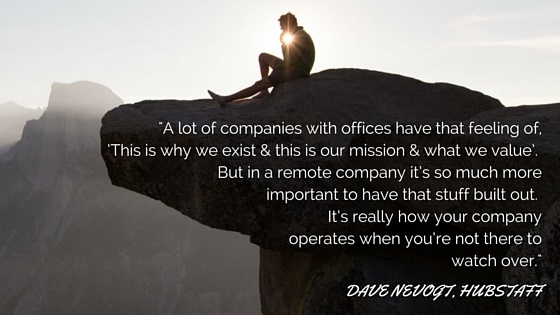
“A lot of companies with offices have that feeling of ‘This is why we exist and this is our mission and what we value’. But in a remote company it’s so much more important to have that stuff built out. It’s really how your company operates when you’re not there to watch over.”
Any recommendations for remote teams that haven’t yet nailed down their vision, mission and values?
“Number one, my recommendation would be to do it. I worked on all of this (the strategic plan) over a week and a half. I built out an eight or nine page strategic marketing document and it goes through the whole process of what our new management methodology is, and it all had to do with assigning owners to different channels.
The mission and values are the easier part: think about how you want your people to work, and then publish it and make sure you’re living up to it.
The vision part is a little bit harder; it’s basically to come up with a goal and make sure everyone’s on board with it, understands it, and is working towards it.
Finally, I think it’s important to give your team full control and take some of that burden off of yourself. That’s good for everybody.“
What We Can Learn from Hubstaff
Talking to Dave illuminated the kind of strategy work that happens in the first few years of a company. It’s not about full-day board management sessions at a table. It’s about getting aligned around essentials, and creating a working plan; a plan you’ll keep in your back-pocket to make decisions every day.
Specifically, though, what can we learn from Dave’s process?
- Start high-level! Dave set the mission, values and high-level goals before he empowered others to set channel-level goals.
- Everything gets more granular as you plan, but it’s all nested. The high-level company goal informs the channel goals, which in turn inform tactics that they implement in sprints. That kind of logic helps people to buy-in, because it just makes sense.
- Alignment is everything. When people understand where they’re going, why, and how it all fits together, you reap benefits like those Dave discussed: more self-reliance, less waste, less stress.
- Vision can and probably will change over time, especially for startups.
If you’re in the startup phase and interested in running this kind of a process yourself, I’d recommend you check out our post on the topic, Strategic Planning with Remote Teams: Does it Really Work?

